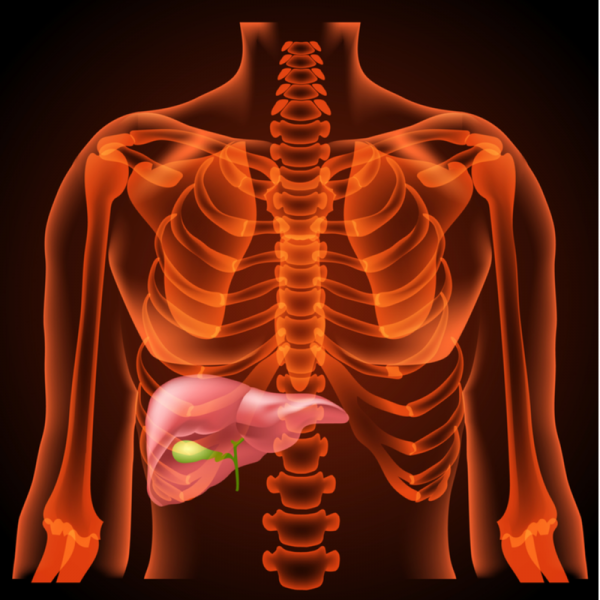
What is a bile duct cyst?
A bile duct cyst is a congenital dilatation of the common bile duct or the intrahepatic bile ducts. While the common bile duct transports bile from the liver to the intestine, the intrahepatic bile ducts are located within the liver. The bile ducts are responsible for transporting the irritating pancreatic juices back to the liver. A bile duct cyst develops, for example, when there is too great a distance between the common bile duct and the pancreatic duct to the intestine. At present, relatively few people in Germany suffer from a bile duct cyst, but the trend is increasing. A bile duct cyst can also be called a choledochal cyst.
What are the symptoms of a bile duct cyst?
In young children, a bile duct cyst can manifest itself through severe pain attacks in the abdomen. It is also possible for the child to develop inflammation of the pancreas (pancreatitis) or jaundice (icterus). In the long term, a bile duct cyst can be associated with shrinkage of the liver (biliary cirrhosis) and deterioration of liver function. In adulthood, a bile duct cyst can develop into bile duct cancer in 30 percent of all cases.
How is a bile duct cyst diagnosed?
A bile duct cyst can be diagnosed before birth if the bile duct is dilated and can thus be made visible during ultrasound examinations. The problem with diagnosing a bile duct cyst is that it can often be confused with a cystic form of biliary atresia. While the biliary cyst can still be removed 3 to 6 months after birth, the cystic form of biliary atresia requires urgent treatment.
After birth, a bile duct cyst can be detected using standard imaging techniques such as an ultrasound scan or magnetic resonance imaging (MRI).
How is a bile duct cyst treated?
A bile duct cyst is always removed surgically. Although immediate treatment after diagnosis is not very urgent, there is a risk of liver fibrosis, or cirrhosis of the liver if no treatment is given. Also, if the cyst is not treated, complications can arise. Within a surgical procedure, the entire common bile duct including the gallbladder is removed, as bile duct cancer can develop from this. Within the operation, the bile duct is reconstructed, pulled up to the liver with a loop of intestine and sutured to the intrahepatic (inside the liver) bile duct.
What is the prognosis for a bile duct cyst?
The chances of recovery from a bile duct cyst are good. However, patients should attend annual ultrasound examinations to detect the possible growth of bile duct cancer in the bile duct outside the liver at an early stage, even though this is rather rare.
| Pathogen | Source | Members - Area |
|---|---|---|
| Cyst of the common bile duct | EDTFL | As a NLS member you have direct access to these frequency lists |
